Amidst the diverse spectrum of horse coat colors, the sorrel horse stands out with its vibrant and rich hue, captivating equestrians and enthusiasts alike. This blog post delves into the sorrel horse color, its genetics, and the unique traits that set these horses apart. From understanding the visual characteristics to exploring the historical significance, we’ll uncover all there is to know about identifying sorrel horses and caring for their distinct coats.
Unveiling the Richness of the Sorrel Equine Coat
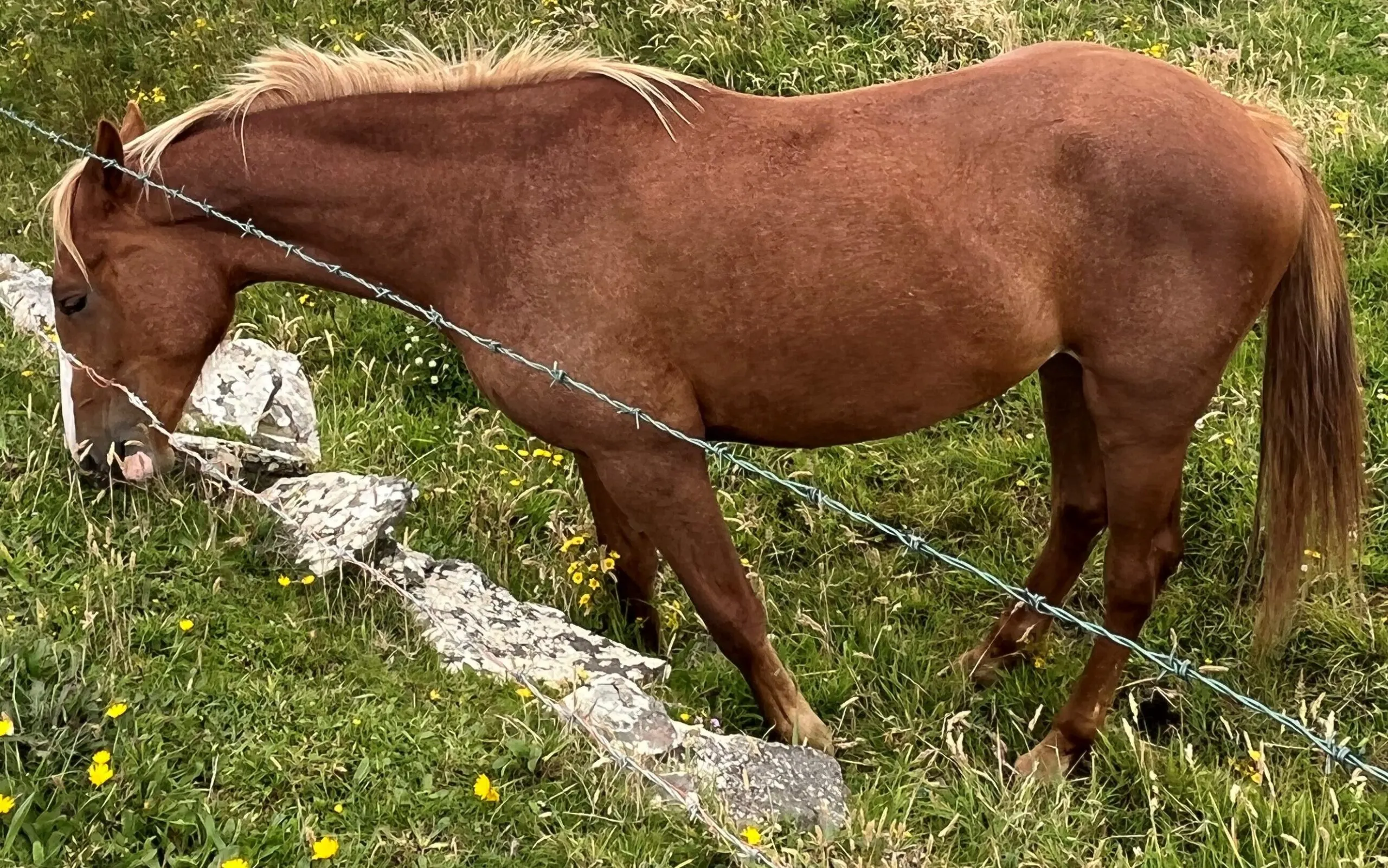
In the equine world, the distinctive reddish tint of the sorrel equine coat is an immediate eye-catcher. This article aims to expand upon the sorrel horse description, detailing the physical attributes that contribute to the sorrel horse’s unique appearance within the equine tapestry.
Identifying Features of the Sorrel Equine Coat
The sorrel horse boasts a variety of shades and patterns that contribute to its striking presence. Here are some key features to note:
- Consistent Coloration: A uniform copper-red shade that covers the horse’s entire body, setting it apart from darker equines.
- Mane and Tail Harmony: These often share the body’s color or present a lighter variation, enhancing the visual consistency.
- Unique Patterns: While basic sorrels have a uniform hue, some may exhibit flaxen or roan patterns that add to their individuality.
Shade Diversity Within Sorrel Coats
Each sorrel horse may present a unique shade, ranging from a light, golden-red to a deeper, mahogany tone. These variations can be influenced by external factors such as nutrition and exposure to sunlight, demonstrating the dynamic nature of their coloration.
The Effect of Lighting on Sorrel Coats
Different lighting conditions can enhance or subdue the natural radiance of the sorrel horse’s coat. Observing these horses in changing light provides a fuller understanding of their majestic appearance.
Embracing Pattern Diversity in Sorrels
Patterns like flaxen manes or roan overlays not only contribute to the sorrel’s beauty but also reflect genetic diversity, which is particularly intriguing to breeders and horse aficionados.
Adapting to Seasonal Shifts
The sorrel coat may exhibit subtle changes with the seasons, from a slight darkening in colder months to a vibrant, sun-kissed look in the summer, offering an ever-evolving aspect to its appeal.
The sorrel horse color is more than just a single hue; it’s a dynamic expression of nature’s artistry. By exploring these various aspects, one gains a deeper appreciation for the sorrel horse and its stunning contribution to the diversity of horse coat colors.
A Closer Look at the Genetics Behind the Sorrel Equine Coat

The beautiful sorrel coat color that captivates many is rooted in its genetic structure. This section will focus on the genetic mechanisms responsible for the sorrel equine coat, providing breeders and enthusiasts with the information to understand and potentially guide the propagation of this color in future generations.
Deciphering the Genetic Blueprint of Sorrel Horses
The vibrant sorrel color is the result of a specific genetic combination:
- At the heart of sorrel horse genetics is the Extension locus, which determines the production of red or black pigment in the horse’s coat.
- Two copies of the recessive “ee” allele at this locus ensure that sorrel horses exclusively display the red pigment, without any black.
Distinctiveness of Sorrel Horse Genetics
The simplicity of the genetic makeup distinguishes the sorrel color from other equine coat colors:
- The absence of additional modifiers means that the sorrel coat color remains relatively uncomplicated genetically.
- Carried even in horses with a heterozygous “Ee” genotype, the sorrel trait’s recessiveness contributes to its widespread occurrence.
Understanding Inheritance Patterns in Equine Coats
Inheritance patterns are crucial in determining the probability of offspring displaying the sorrel coat:
- For a foal to express the sorrel color, it must inherit the “ee” allele from both parents.
- An “Ee” genotype will not result in a sorrel coat but indicates that the horse is a carrier of the trait.
- Breeders can utilize these genetic principles to enhance the likelihood of producing sorrel foals.
Additional Genetic Influences on Sorrel Coats
While the base color remains consistent, other genetic elements can introduce variations within the sorrel spectrum:
- The Flaxen Gene may lighten the mane and tail, providing a striking contrast to the body color.
- The presence of the Roan Gene adds a patterned effect with interspersed white hairs, without altering the underlying red shade.
Contributions of Genetic Testing to Breed Integrity
The availability of genetic testing tools aids in the perpetuation and purity of the sorrel lineage:
- These tests can identify the “ee” genotype, assisting breeders in their selection process.
- By confirming the genetic makeup, breeders can work towards preserving the sorrel color within specific horse breeds.
Understanding the genetics behind the sorrel horse’s radiant coat deepens our appreciation for this equine color. With the knowledge of sorrel horse genetics, breeders can make informed decisions to ensure the continuity of the sorrel equine coat in the horse population.
Exploring the Characteristics of Sorrel Horses
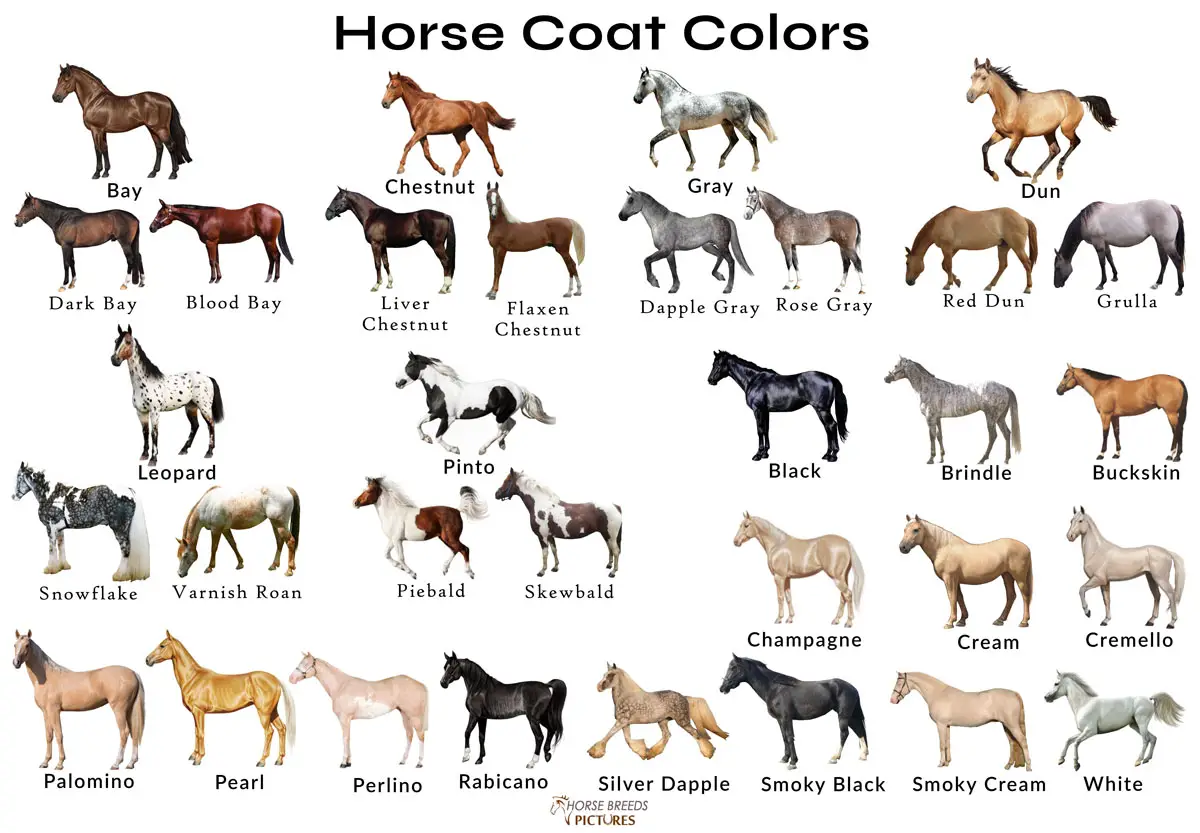
Recognizing a sorrel horse amid the variety of equine colors can be intriguing. The sorrel horse’s vibrant, coppery red tones are consistent throughout its coat, setting it apart from other red-based equines. This hallmark trait is key for those who aim to distinguish sorrel horses accurately.
The Unique Red Spectrum of Sorrel
Identifying the sorrel horse among red equine shades requires attention to their unique color characteristics. Unlike bays with their black points, sorrels exhibit a uniform coat that lacks any black pigmentation. Palominos, known for their golden coats and contrasting manes, offer a different palette compared to the consistent red of sorrels.
Characteristics Defining Sorrel Horses:
- Absence of black points found in bays
- Red manes and tails that are in harmony with the body’s color
Clarifying the Sorrel and Chestnut Terminology
The terms “sorrel” and “chestnut” are often used interchangeably, but subtle distinctions exist, mostly influenced by regional and breed-specific preferences. “Sorrel” is commonly associated with a lighter red, while “chestnut” typically describes a darker red. Understanding these nuances is beneficial when navigating the complex vocabulary of horse colors.
Terminology Preferences by Region:
- In the Western United States, “sorrel” is the prevalent term
- In other areas, “chestnut” might be more commonly used for similar coat colors
Identifying sorrel horses among the spectrum of reds involves recognizing their brightness and uniformity. While bays and palominos have distinct features that set them apart, sorrels are noted for their cohesive copper-red coats.
In the debate of chestnut vs sorrel, visual distinctions and regional dialects can influence the terminology. In regions like the western United States, “sorrel” is favored, especially in certain riding disciplines. The choice of term may depend on the local equestrian culture.
Criteria for Distinguishing Sorrel Horses:
- Shade Intensity: Lighter reds are typically called “sorrel,” while darker reds are referred to as “chestnut.”
- Local Jargon: The preferred term varies with regional equestrian customs.
Accurate identification of sorrel horses within the realm of horse coat colors involves an awareness of the nuances that define this particular red shade. Observing the coat’s uniformity, mane and tail color harmony, and any distinctive patterns are essential for recognizing sorrel horses. Familiarity with local vernacular also aids in differentiating the sorrel hue from related chestnut tones, ensuring proper acknowledgment of each color’s unique allure.
Diving Deeper Into Sorrel Horse Traits
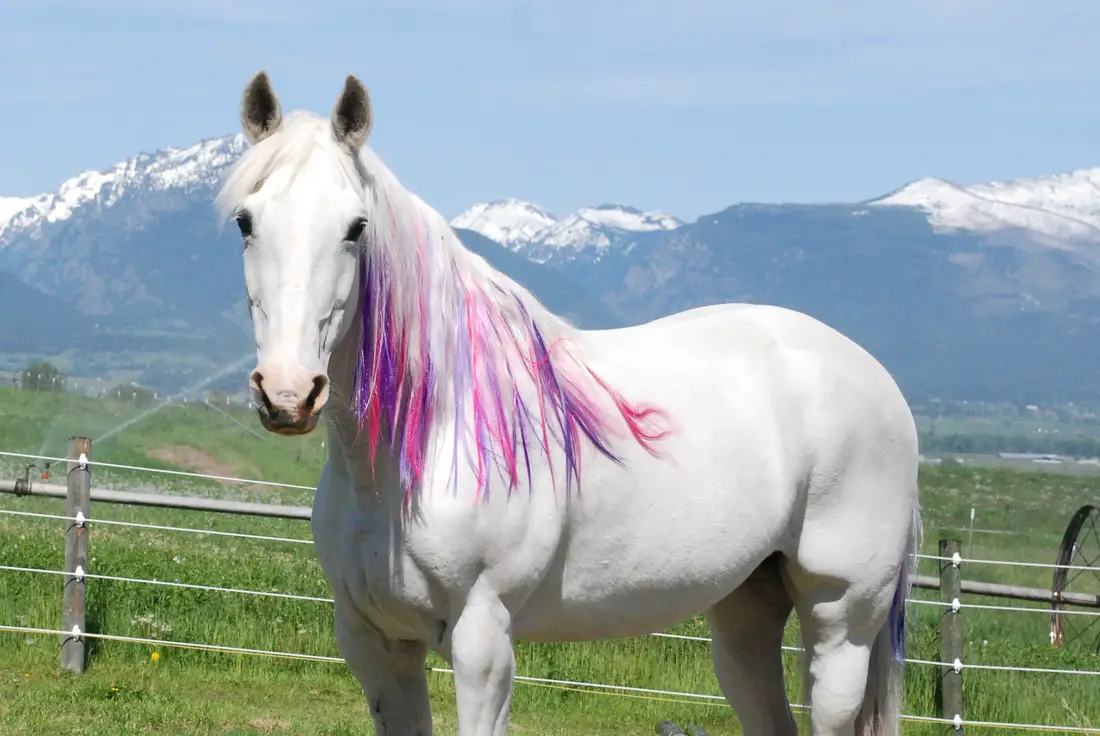
The allure of sorrel horses extends beyond their striking coats into the realm of breed-specific attributes and individual temperaments. Sorrel horses often embody a blend of physical qualities influenced by their breed’s lineage and distinct behavioral characteristics shaped by their environment and upbringing.
Conformational Traits Across Breeds
Distinctive sorrel horses can be found in various breeds, each with unique physical features shaped by their breed’s history and purpose:
- The American Quarter Horse often sports the sorrel color and is revered for its muscular build and agility, ideal for rodeo and sprinting events.
- The Thoroughbred might display the sorrel shade and is distinguished by its lean, athletic form, suited for endurance and competitive racing.
- When a Tennessee Walking Horse dons the sorrel coat, it’s often accompanied by a graceful neck and even gait, attributes that complement its stately appearance.
While these breeds may don the same vibrant coat, their physical traits are a testament to their specialized roles within the equine community.
Behavioral Traits Beyond Color
The sorrel horse’s behavior and temperament are more reflective of individual personality and breed characteristics than their coat color. While some suggest lighter coat colors might be linked to certain temperaments, these observations are not universally applicable and should be considered with an understanding of each horse’s unique disposition. Key elements that shape a sorrel horse’s personality include:
- The inherent traits of the breed
- The individual horse’s training and upbringing
- The environment and handling from an early age
Thus, breeders and equestrians understand that a sorrel horse’s coat color is just one facet of its overall character and identity.
Coat Color Considerations in Breeding Choices
Although functional traits and sound conformation are at the forefront of ethical breeding programs, the sorrel color can be a desirable trait for its aesthetic appeal. This attraction to the sorrel coat can influence breeding strategies, but it’s important to recognize that:
- Preferences for the sorrel color may vary among breed associations and influence the direction of some breeding programs.
- Strategic pairing of sorrel horses might be practiced to produce offspring with this coat color, depending on the breeder’s goals.
- In some equestrian disciplines, the sorrel color might be sought after, but overall performance and health remain the priority.
While the sorrel color might factor into breeding decisions, it is the holistic assessment of the horse that governs responsible breeding.
Equestrian Disciplines and Sorrel Horse Preferences
The sorrel horse’s eye-catching hue is appreciated in various equestrian sports, though the extent to which it is sought after can vary:
- In Western disciplines, the bright sorrel coat is often seen and admired in high-energy events like rodeos.
- While the sorrel color is not a primary focus in English riding sports such as dressage and show jumping, it is still appreciated for its classic elegance.
Exploring the traits of sorrel horses highlights their multifaceted nature, where their captivating color is just one component of their esteemed presence in the equine world.
Understanding the Impact of Sorrel Horses Throughout History
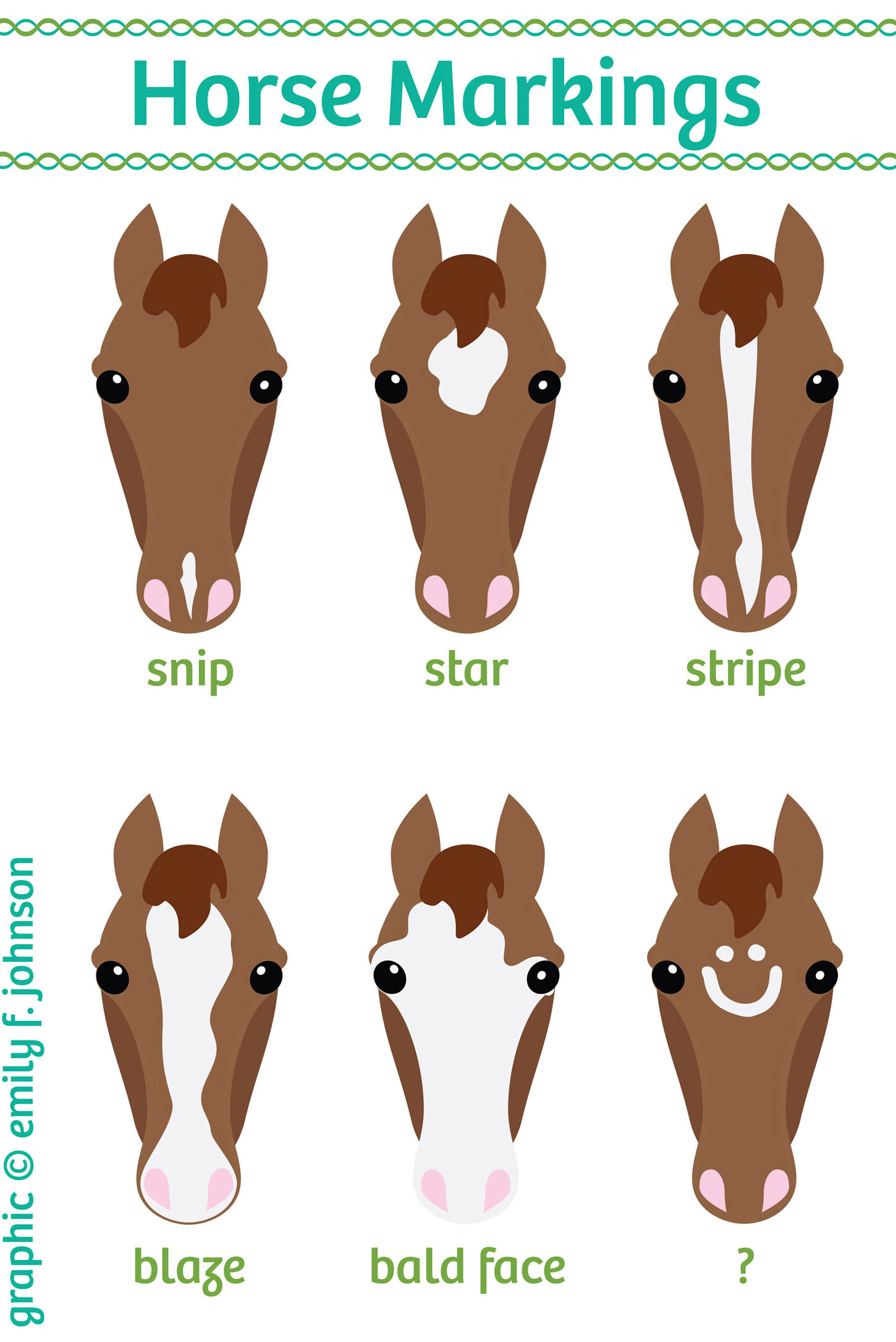
The sorrel horse, with its distinctive reddish coat, has played a significant role in shaping both history and cultural narratives. These horses have served as the trusted companions of historical figures, leaving their mark on battlefields and in the annals of conquest. Beyond their physical prowess, sorrel horses have also been immortalized in mythology and art, reflecting their enduring influence on human society.
Historical Presence of Sorrel Horses
The sorrel horse has been a prominent figure in historical narratives, symbolizing nobility and strength. These horses have been depicted in ancient art and literature, often portrayed as the mount of choice for leaders due to their eye-catching appearance and the symbolism associated with their color.
Artistic Depictions and Inspirations
Artists across various periods have been drawn to the sorrel horse as a subject, captivated by its bold coloring and the emotional depth it can convey. From classical art to contemporary pieces, the sorrel horse has been a muse for creative expression, often embodying themes of freedom and vitality.
- Classical and modern artists alike have used the sorrel horse’s image to bring scenes of action and nobility to life.
Myths, Literature, and the Sorrel Horse
Sorrel horses have galloped through the realm of storytelling, becoming iconic characters in their own right. These horses are often woven into tales that emphasize values like bravery and steadfastness, serving as loyal companions on legendary quests and symbolizing the enduring spirit of the protagonists.
- Stories and legends often highlight the sorrel horse’s role in grand adventures and as carriers of heroes.
The Role of Sorrel Horses in Military History
On the battlefield, the sorrel horse has been a symbol of martial prowess and a preferred choice for cavalry due to its standout coat. Their involvement in historical military engagements showcases the bond between horse and rider and the significant role these horses played in shaping warfare tactics.
- References to sorrel horses in wartime narratives underscore their presence and valor in historical conflicts.
The Global Cultural Relevance of the Sorrel Horse
The sorrel horse’s influence extends beyond any single culture, finding a sacred and emblematic place in various traditions worldwide. The horse’s earthy red tones have led to its veneration in different societies, with its image often being used to represent ideals such as resilience and noble spirit.
- The sorrel horse’s symbolic role in ceremonies and heraldry highlights its widespread cultural significance.
The lasting impression of sorrel horses on both history and culture underscores the profound connection between these majestic animals and human civilization. Their vibrant color and the symbolism they carry continue to inspire admiration and a sense of wonder, solidifying the sorrel horse’s place as an enduring historical and cultural icon.
Maintaining the Splendor of the Sorrel Coat
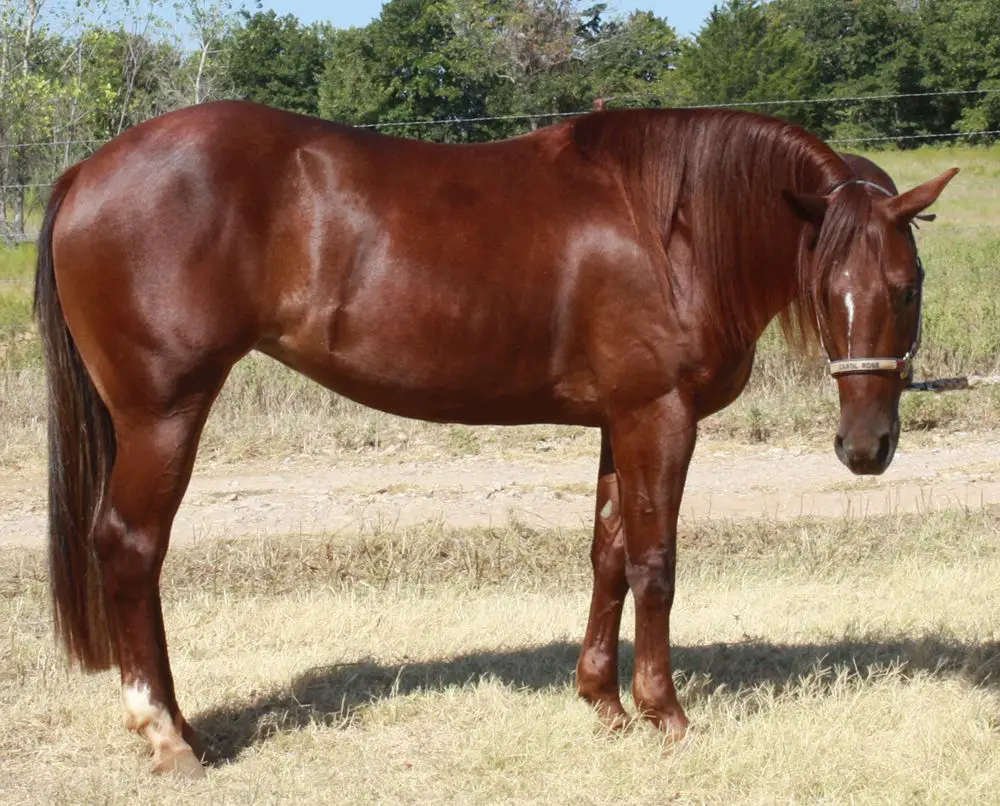
The distinctive copper-red tone of a sorrel horse is not only a visual delight but also an indicator of its overall health. To preserve the luster and vibrancy of their coat, sorrel horses require tailored care and attention. This section will outline strategies for ensuring the sorrel horse’s coat and well-being are maintained to the highest standard.
Optimizing Nutrition for a Lustrous Coat
A well-formulated diet is vital for the health of a sorrel horse’s coat. Ensuring an adequate supply of omega-3 fatty acids, which can be found in sources like flaxseed, promotes skin and hair health. Vitamins A and E, along with minerals such as copper, are also essential for maintaining the coat’s rich color and preventing dullness.
Comprehensive Health Measures
To keep a sorrel horse healthy and their coat radiant, routine veterinary care is essential. This includes regular vaccinations, parasite control, and dental maintenance. Consistent hoof care is equally important, as healthy hooves are a foundation for overall equine health.
Environmental and Shelter Needs
Protecting sorrel horses from harsh weather elements is critical. Adequate shelter shields them from the intense sun, which can bleach their coat, and from cold conditions that may lead to stress. A comfortable living space with room to roam and quality bedding also plays a role in their well-being.
Managing Dermatological Health
Regular skin examinations are important for sorrel horses. Promptly addressing issues like bacterial infections and protecting the horse from sunburn are key preventive steps. Utilizing sunblock on sensitive areas and maintaining dry conditions in their habitat can help avert skin problems.
Adapting Grooming to the Seasons
Seasonal changes call for an adjustment in grooming routines. During cooler weather, reducing bath frequency and using lukewarm water can prevent discomfort, while summer care may include more frequent rinsing to remove sweat and help cool the horse.
Ensuring Physical and Mental Well-being
Regular exercise is essential for the sorrel horse’s physical health, enhancing circulation which in turn benefits coat condition. Mental engagement through varied activities and enrichment prevents boredom and can have a positive impact on their physical appearance.
Considering Supplements for Coat Enhancement
While supplements may promise to boost coat color, their effectiveness can vary. Natural ingredients like paprika might be used to deepen the sorrel color, but it’s important to seek veterinary advice before incorporating any new supplement into a horse’s diet.
With a comprehensive approach to care, the captivating presence of a sorrel horse can be preserved. Every measure, from diet to grooming, impacts the health and appearance of their distinctive coat, showcasing a horse that is nurtured and valued by those who tend to it.
When exploring the diverse and captivating world of horses, you might find yourself curious about various breeds and their unique characteristics. For instance, if you’re wondering about the color of a sorrel horse, you’ll be interested to learn that it is a type of chestnut horse, generally characterized by a reddish or copper-red coat. This color is quite distinct in the equine world.
For those looking to broaden their knowledge further, our blog offers a wealth of information on related topics. Discover the value of the iconic Budweiser horse, or delve into the literary world and learn about the breed of the famous equine character in our article on what kind of horse Black Beauty is. Additionally, if you’re interested in the various horse types bred for their agility and grace, our piece on what a Warmblood horse is will certainly pique your interest. Each link leads to a resourceful guide that will enhance your understanding of these magnificent creatures.
Conclusion: The Beauty and Uniqueness of the Sorrel Horse
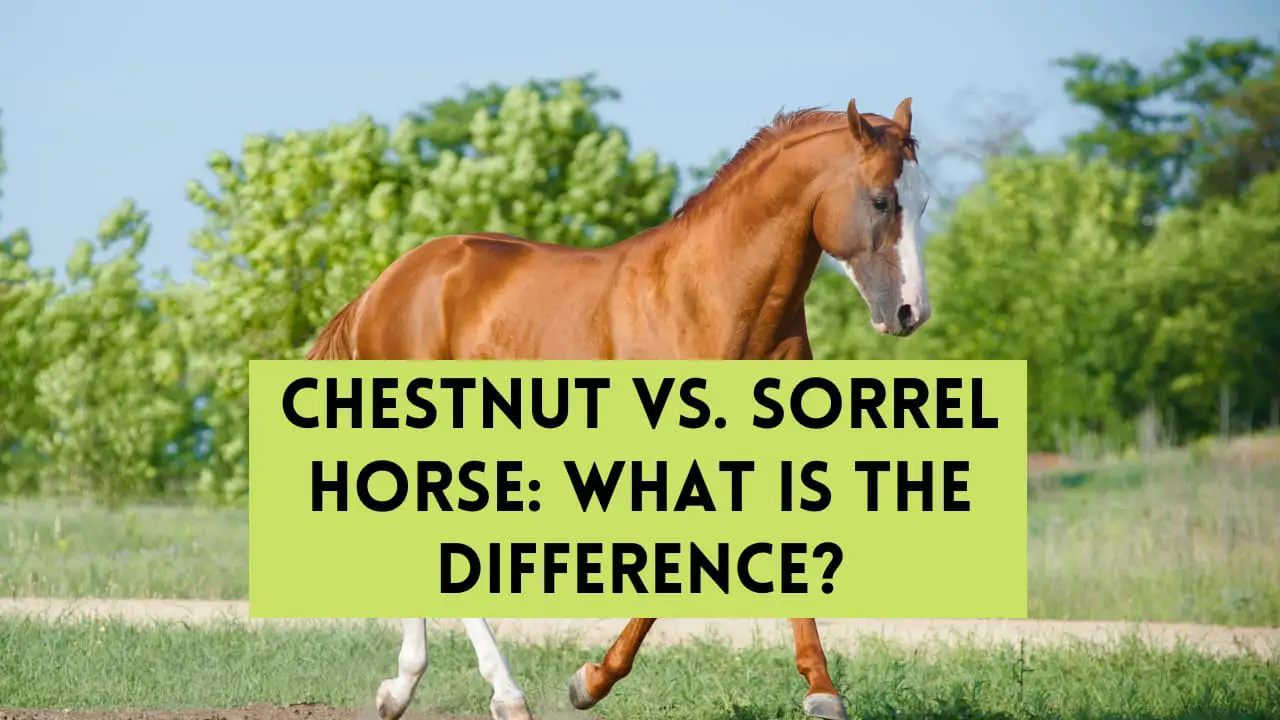
In conclusion, the sorrel horse is a celebration of equine beauty, with a coat color that radiates warmth and vitality. Whether distinguishing between the sorrel and chestnut hues or exploring the genetic factors that give these horses their distinctive color, the charm of the sorrel horse is undeniable. From their historical significance to their role in modern equestrianism, sorrel horses continue to enchant and inspire, reflecting the kaleidoscope of colors that make the equine world so extraordinary.



